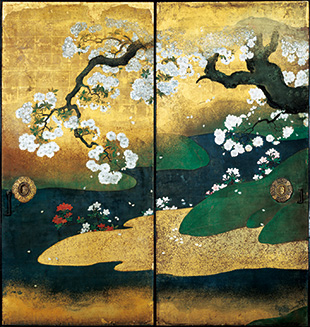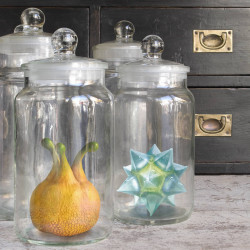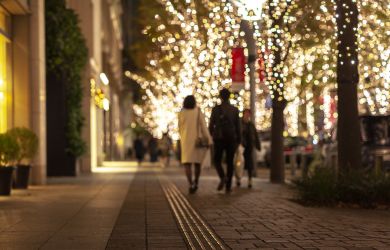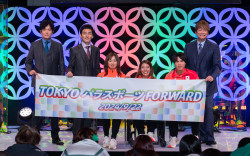
November 5, 2013
Kyoto from Inside and Outside
Japan’s haiku capital vacuum packed for a Tokyo audience
By Metropolis
Originally published on metropolis.co.jp on November 2013

Kyoto is one of the most evocative place names in Japan. Just to say it is to evoke images of snow-muffled temple bells, courtly ladies walking down paths curtained by whispering bamboo or paper doors sliding open to let in the sound of cicadas. Yes, Kyoto is one giant “haiku factory,” producing thousands of poetic images to match every season. Unfortunately, it is located at the wrong end of Japan, far away from Tokyo.
But never fear, the latest exhibition at the Tokyo National Museum is designed to obviate that inconvenience with an exhibition designed to bring a taste of Kyoto to the capital that succeeded it.
“Kyoto Inside and Out” has two sides. One focuses on Kyoto the city, as depicted on gold-leaf-covered folding screens. These cover several panels and show a range of details, from the surrounding mountains to the rooftops, beggars, merchants and people playing various games and sports in walled gardens. These were obviously the Google Street View of their day.
To get the best out of these works, you have to get in close and let your eye go for a wander amongst the detail. Not as easy as it sounds: the exhibition is aimed at the soft spot of the Japanese exhibition-visiting public and attendance is high.
Alternatively, you can take a step back and view the works from a distance as semi-abstract works. In Scenes in and Around Kyoto, Uesugi Version (16th century) by Kano Eitoku, the aesthetic interest is really on the golden clouds that snake through the city, separating it into hundreds of small visual vignettes.
From folding screens depicting the city as it might be seen from above, we move indoors to works painted on sliding doors and wall panels. These come from some of the famous buildings of the city, such as Kyoto Imperial Palace, Nijo Castle and the Ninomaru Palace. One of the most impressive works is Pine and Eagle (1626) by Kano Tan’yu, from the grand hall of Ninomaru Palace, a suitably regal work for a building that was used by the shoguns when they were in town.
One of the most interesting facts to emerge is how many of the painters belonged to the Kano family, who seem to have held something of a monopoly over the higher echelons of the art world for several centuries. A few years ago there was even an exhibition that looked at how the Kano family sidelined a famous rival, Tohaku Hasegawa. It seems their dominance wasn’t just down to the genetic talent passed down from generation to generation, but also relied on a bit of skulduggery.
But these works are not just about artistic talent. They are also about the beautiful way in which traditional Japanese art ages. It is this, even more than the paintings that exudes the atmosphere of Old Kyoto.
In Pheasant Under Cherry Blossoms (1626) by yet another Kano (Naonobu), the slightly fading and flaking quality of the gold leaf seems to echo the falling of the petals, creating yet another little mental haiku.
Tokyo National Museum, until Dec 1. Metropolis is giving away 5 pairs of tickets! Email giveaways@metropolis.co.jp with your details and “Kyoto Panels” in the subject line.








